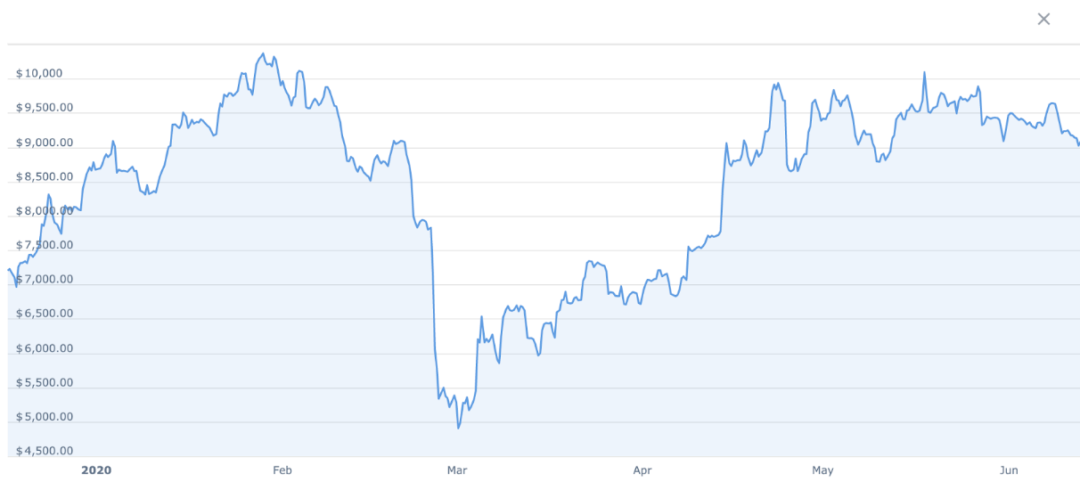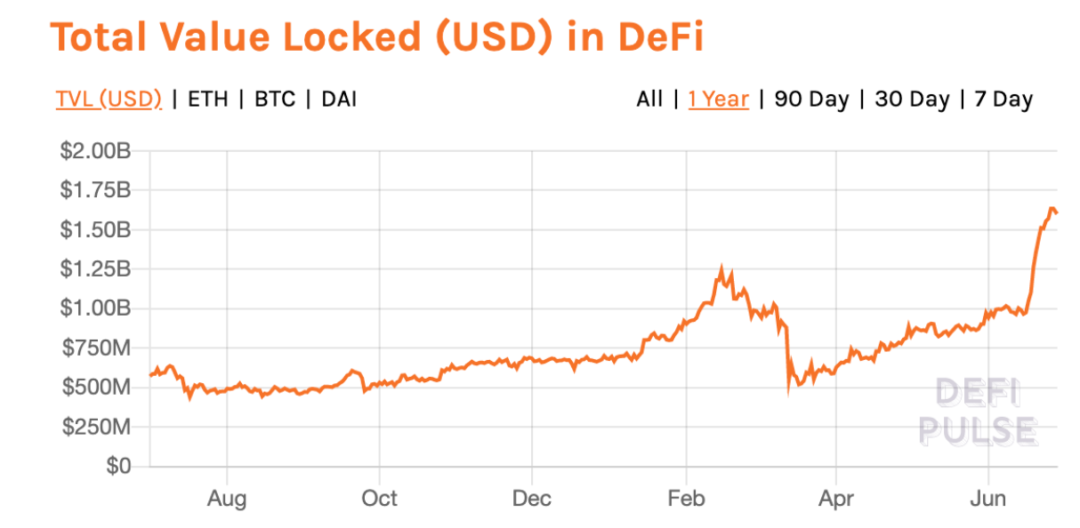The economic effects of Covid-19 have sent investors in search of assets that can offer shelter during the storm and a hedge against macro events. Against a backdrop of shrinking GDP, economic slowdown, government bailouts, and fiscal stimulus aka money printing, bitcoin and cryptocurrencies have been touted as an inflation-resistant hedge.
Not beholden to the whims of any political leader or global superpower, crypto assets are defined by their fixed, knowable, and verifiable supply. They cannot be debased or flooded into the economy to prop up failing institutions, or used to enrich the 1% at the expense of the other 99. But are these qualities enough to make bitcoin and its sister assets capable of serving as a hedge? And if so, how can you increase your exposure to bitcoin while taking steps to mitigate any downside risk?
The case for investing in Bitcoin
The case for investing in bitcoin is the same as that of any asset: you believe that demand for it is likely to increase in the months and years to come, leading to a corresponding increase in price. This will enable you to sell the asset for more than you paid for it. But if this thesis holds true, what is it about bitcoin that’s likely to make its “number go up” as crypto traders jokingly refer to it?
There are many reasons why bitcoin is viewed as an attractive investment and hedge against traditional investments. While the S&P 500 is down 7% for the year to date, Bitcoin is up 24%.
Renowned investor Paul Tudor Jones has called bitcoin “a great speculation,” and said it reminds him of gold in the 1970s. “Every day that goes by that Bitcoin survives, the trust in it will go up,” noted Jones, who now has around 2% of his wealth in bitcoin.
Former Goldman Sachs Fund Manager Raoul Pal, meanwhile, has moved 25% of his portfolio to Bitcoin following the Covid-19 crisis. Institutional interest in bitcoin is increasing and 80% of institutional investors now see the appeal of digital assets.
And then there’s the on-chain data that paints a rosy picture of bitcoin’s future, based on metrics such as holding patterns, transaction volume, and the amount of BTC withdrawn from exchanges for long-term storage. Respected bitcoin analyst Willy Woo estimates that BTC is less than a month away from embarking on its next bull run, based on market and on-chain data.
Finally, Bitcoin’s supply reduces over time because the number of new coins issued to miners is halved every four years. As a result, Bitcoin’s stock-to-flow, which denotes the number of years, at the current production rate, required to achieve the current supply, is increasing. Bitcoin’s stock-to-flow now stands at 50 (years), placing it close to gold.

The best Bitcoin apps
The case for investing in other digital assets
Bitcoin isn’t the only cryptocurrency on the market of course. In fact there are thousands of digital assets, though only a handful of these warrant consideration as an investment and potential hedge. For example, if you believe that the future of finance lies in private transactions and fungible digital cash, you may see value in monero (XMR). If you believe that open finance enforced by smart contracts will be a major growth area, you may wish to invest in the Ethereum ecosystem.
The smaller the market capitalisation of the crypto asset you are investing in, the higher the risk is likely to be — but the higher the potential upside too. Thus, it is imperative that you understand the cryptocurrency you are considering, and its function within the blockchain network it powers.
For example, decentralised finance projects such as Compound and Balancer enable token-holders to earn yield for staking assets and providing liquidity. Yield-bearing crypto assets — in this case COMP and BAL — sound attractive, but they call for deep knowledge of how their respective protocols work, and are not for casual investors.

For investors seeking alpha within the crypto sector, there is no shortage of opportunities. Bear in mind, however, that crypto assets remain highly correlated to bitcoin, and are thus dependent in part on how it performs. When BTC is in a bull market, it typically pulls the rest of the market up with it, and vice-versa.
Where to buy Bitcoin
Buying bitcoin is a quick process these days, thanks to an array of consumer-friendly apps and websites that eliminate the complexity. Platforms like Skrill have soaked up a slice of the consumer buy-side action, enabling crypto to be bought with dozens of fiat currencies and deposit methods.
Skrill’s reputation as a trusted digital payment processor has aided its diversification into cryptocurrency, while the ability to place automated orders at particular price points enables buyers to enter the market if and when BTC reaches their desired price target.
While Skrill also allows BTC to be swapped for other cryptocurrencies such as bitcoin cash, EOS, ether, ethereum classic, and litecoin, investors seeking to actively trade digital assets should consider doing so on a dedicated exchange.
Many of the most popular exchanges, such as Binance and Coinbase have fiat on-ramps, allowing investors to purchase crypto using debit card or bank transfer, and then trade in and out of stablecoins and cryptos on the exchange.
No hedge is perfect
Bitcoin and other cryptos aren’t entirely disassociated from the broader financial market. In a cash crisis, for example, investors will sell off their most liquid assets and thus BTC may be one of the first candidates to be off-loaded.
What bitcoin does provide, however, is an investment option whose design, transparency, issuance, and transferability stand in stark contrast to the traditional financial system. Shrewd investors should consider allocating a portion of their portfolio to bitcoin, and then increasing it as BTC demonstrates its ability to serve as an economic hedge.






